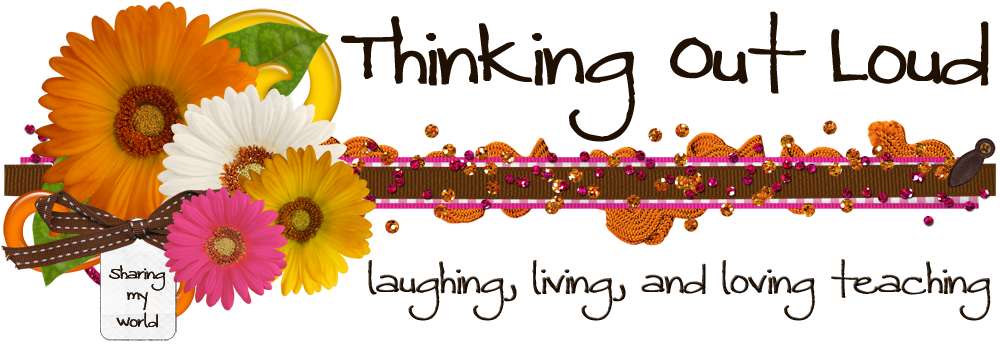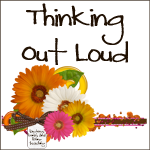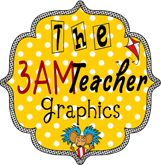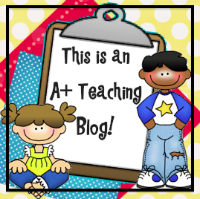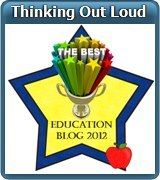My husband currently has control of the remote and is catching up on all of the YouTube channels that he is subscribed to, which means that I watching a blacksmithish show about creating weapons from video games, television, and movies. It is actually pretty interesting as long as I know a little about the game or show. However, I think he may be going deaf (he's only 35) because I am pretty sure I could go in the living room and hear the television in the bedroom perfectly fine. I may get him hearing aids for his birthday.
Summer break! I don't think I really have to explain that one. :)
I am participating in some pretty great book studies this summer. I just posted my contribution to the Notice & Note book study (close reading strategies). I am super excited to be in planning stages for a book study on Barbara Gruener's new book What's Under Your Cape. I ordered the book from her site and she signed it! I will get the book Wednesday or Thursday. EXCITED!!!
I am changing jobs, which means that I need to find a new daycare for my daughter. Sadface! I love my daycare but it is not in the city where I lived (it was where I used to work). It is not easy to find a good daycare. We are on the waiting list, but I need one now not whenever we are next on the list. It is a little stressful. I have to go back to work on August 4. I don't know what we are going to do if it isn't our turn yet.
Good news! I love the Independence Day holiday! We always visit my sister-in-law in Chattanooga and it always a ton of fun. I hope everyone has a fantastic Fourth of July weekend (for my USA readers)!
Click on the button below to check out what everyone else is CURRENTLY doing.

